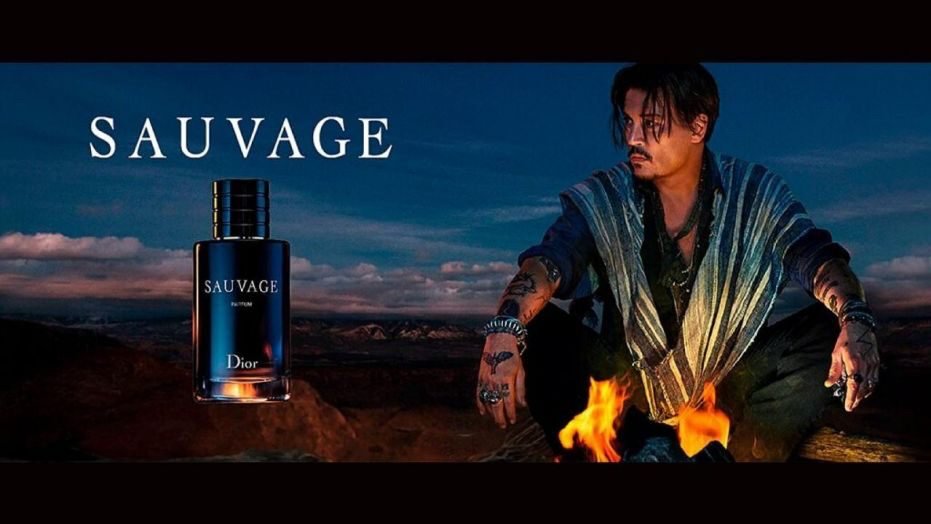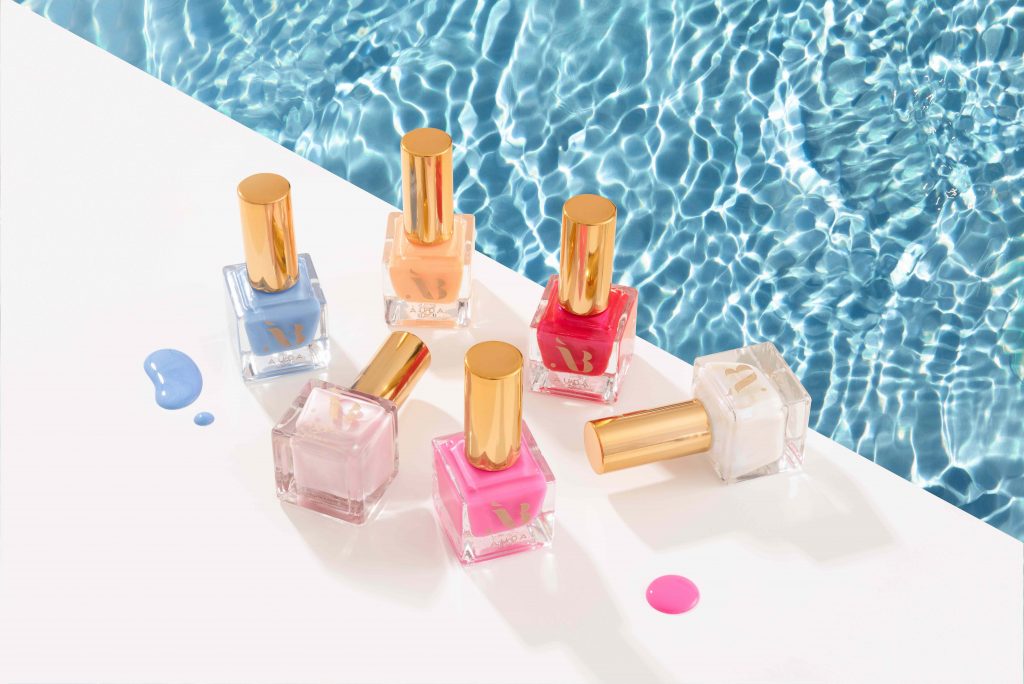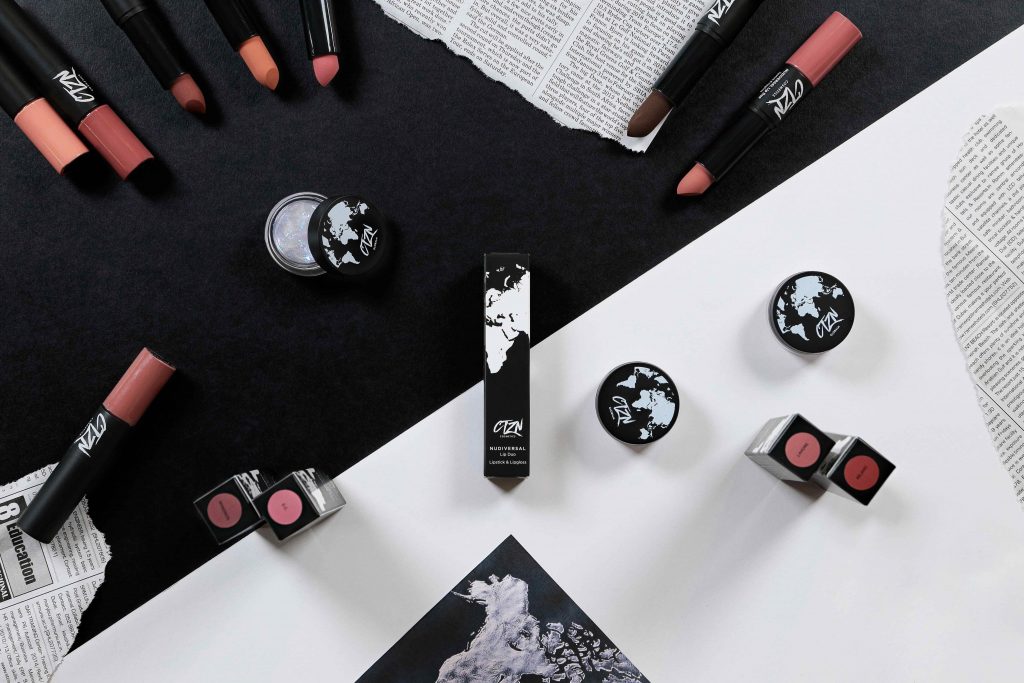
How Beauty Brands Can Avoid Cultural Appropriation
In the space of a few hours last month, Dior launched an advertisement for Sauvage fragrance starring Johnny Depp and a Native American dancer wearing traditional garb, and removed it after an outcry over cultural appropriation and insensitivity.
Dior isn’t alone in facing charges of cultural appropriation. The beauty and fashion industries have been rife with them lately. In July, Ulta Beauty unveiled a Frida Kahlo-inspired collection that was faulted for exploiting the popularity of the beloved Mexican artist without paying respect to Mexico’s culture and people. In June, Kim Kardashian came under fire for naming her shapewear brand Kimono. Since Kardashian isn’t Japanese, critics argued she was misrepresenting an aspect of a culture she didn’t understand. Why do fashion and beauty companies keep making culturally-inconsiderate blunders? How can they avoid them?
Karsonya Wise Whitehead, a professor of communication and African and African American studies at Loyola University Maryland, emphasizes there’s a long history of white people in the United States appropriating elements of other cultures to fuel beauty and wellness trends. On top of the Dior, Kimono and Ulta Beauty episodes, examples include the adoption of smudging, the Native American practice of burning dried plants in spiritual ceremonies, by brands to make money, and Caucasian celebrities putting their hair in cornrows.

“If you look at the history of images of black women braiding their hair, that goes back to American slavery. It was linked to our style, to our images, and it’s a part of our culture,” says Whitehead. She elaborates that appropriation of the braided styles “serves as a form of erasure,” fails to acknowledge their roles in African American culture, and contributes the further marginalization of an already marginalized population.
Holly Jackson, lead influencer strategy consultant at influencer marketing platform Traackr, explains cultural appropriation stems from brands not taking the time to carefully consider the campaigns they’re rolling out. “People are jumping on the bandwagon without properly thought-out brand strategies, and their campaigns lack resonance with their audience,” she says. “Find out from your customers what they care about and go from there.” She adds that companies can check themselves by partnering with influencers from relevant communities, and soliciting their feedback on campaigns and products.
“People are jumping on the bandwagon without properly thought-out brand strategies, and their campaigns lack resonance with their audience.”
Whether they’re influencers are not, experts recommend running products and marketing by people of various cultures. “Brands intend to relate to a certain culture or targeted audience with their content. However, when these marketing efforts are executed without consulting members of the targeted audience, that’s where missteps happen,” says Aleena Khan, co-founder of CTZN Cosmetics. “If you have employees from different backgrounds, races, ethnicities, then, you are viewing every business decision from multiple perspectives rather than just one.”
The lack of diversity in the workforce of beauty companies is certainly an issue. “Within the beauty industry, there aren’t enough seats at tables filled with women of color,” says Samara Walker, founder and CEO of Auda.B Beauty. “Therefore, when creating new campaigns or products with the hope of capturing a new audience, they fail. Not only do companies fail, but the consequences are far greater than anticipated. Companies could avoid cultural appropriation from the start if they made diversity and inclusion a priority.” Whitehead stresses it will also help to have employees from multiple generations at beauty firms to pick up on issues that may be generation-specific.

People tend to see through companies that preach about diversity, but don’t practice it, says Jackson, so brands that want to be known as inclusive should make an effort to hire a diverse team and get involved in causes that promote inclusivity. “It’s essential to make sure your brand values align with your messaging,” she says. “As diversity and inclusion continue to make waves in beauty campaigns, integrate this idea into your core work values. Don’t rely on one marketing campaign or event to cement your position and build trust.”
If brands are accused of cultural appropriation, their reaction to it is critical. Khan underscores they should pay attention to comments on their social media feeds and listen to people who perceive cultural appropriation. She says, “This gives the brand the opportunity to quickly remove a post [or campaign] that may have shown cultural appropriation and still have the chance of publishing a public apology.”
“It’s our job as a beauty company to understand and respect all cultures because beauty isn’t defined by race, culture or ethnicity. Beauty encompasses everyone from all walks of life.”
Jackson points out that Fenty Beauty adroitly responded to accusations of cultural appropriation. It confronted a backlash over a highlighter called Geisha Chic, and the company pulled the product from Sephora shelves. Jackson says the move “was huge and might be considered the new standard when it comes to responding to audience demand for change.”
The stakes are high for beauty brands. The U.S. is forecast to become majority minority in 2045. Most brands must appeal to a broad audience to generate healthy sales and recruit talent. Those that tread on culturally-insensitive territory risk seeming disingenuous with endeavors to sell products to wide swaths of consumers and seem out of touch with the diverse society.

“It’s our job as a beauty company to understand and respect all cultures,” says Walker, “because beauty isn’t defined by race, culture or ethnicity. Beauty encompasses everyone from all walks of life.”
Key Takeaways
- Beauty brands and retailers, including Dior, Ulta Beauty and Fenty Beauty, have faced accusations of cultural appropriation.
- Campaigns with culturally insensitive imagery or products that offend certain communities may result from companies rushing into them and not consulting the people from the cultures they are appropriating.
- More diversity within the workforces of beauty companies, especially at the tops of their organizations, will help them avoid cultural appropriation missteps.
- Companies should listen to feedback given on social media and swiftly take action if they notice meaningful objections.





Leave a Reply
You must be logged in to post a comment.